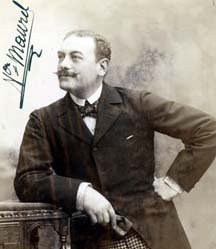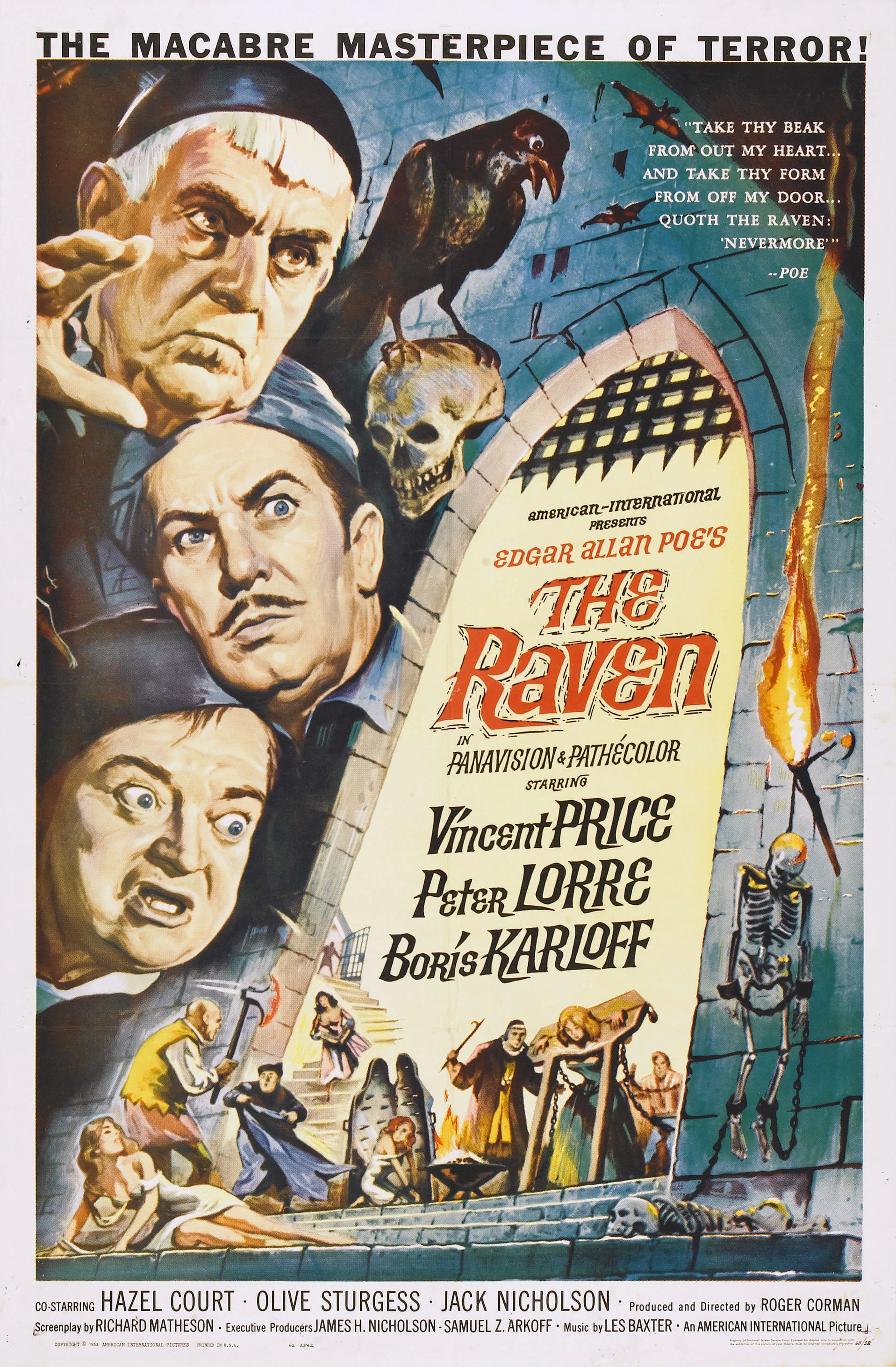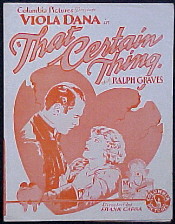|
Double-bill
The double feature is a motion picture industry phenomenon in which theatres would exhibit two films for the price of one, supplanting an earlier format in which one feature film and various short subject reels would be shown. Opera use Opera houses staged two operas together for the sake of providing long performance for the audience. This was related to one-act or two-act short operas that were otherwise commercially hard to stage alone. A prominent example is the double-bill of ''Pagliacci'' with ''Cavalleria rusticana'' first staged on 22 December 1893 by the Metropolitan Opera, Met. The two operas have since been frequently performed as a double-bill, a pairing referred to in the operatic world colloquially as "Cav and Pag". Origin and format The double feature originated in the later 1930s. Though the dominant presentation model, consisting of all or some of the following, continued well into the 1940s: * One or more live acts * An animated cartoon Short film, short subject ... [...More Info...] [...Related Items...] OR: [Wikipedia] [Google] [Baidu] |
Pagliacci
''Pagliacci'' (; literal translation, "Clowns") is an Italian opera in a prologue and two acts, with music and libretto by Ruggero Leoncavallo. The opera tells the tale of Canio, actor and leader of a commedia dell'arte theatrical company, who murders his wife Nedda and her lover Silvio on stage during a performance. ''Pagliacci'' premiered at the Teatro Dal Verme in Milan on 21 May 1892, conducted by Arturo Toscanini, with Adelina Stehle as Nedda, Fiorello Giraud as Canio, Victor Maurel as Tonio, and Mario Ancona as Silvio. Soon after its Italian premiere, the opera played in London (with Nellie Melba as Nedda) and in New York (on 15 June 1893, with Agostino Montegriffo as Canio). ''Pagliacci'' is the composer's only opera that is still widely performed. ''Pagliacci'' is often staged with ''Cavalleria rusticana'' by Pietro Mascagni, a double bill known colloquially as "Cav and Pag". Origin and disputes Leoncavallo was a little-known composer when Pietro Mascagni's ''Cavalleria ... [...More Info...] [...Related Items...] OR: [Wikipedia] [Google] [Baidu] |
Cavalleria Rusticana
''Cavalleria rusticana'' (; Italian for "rustic chivalry") is an opera in one act by Pietro Mascagni to an Italian libretto by Giovanni Targioni-Tozzetti and Guido Menasci, adapted from an 1880 short story of the same name and subsequent play by Giovanni Verga. Considered one of the classic ''verismo'' operas, it premiered on 17 May 1890 at the Teatro Costanzi in Rome. Since 1893, it has often been performed in a so-called ''Cav/Pag'' double-bill with ''Pagliacci'' by Ruggero Leoncavallo. Composition history In July 1888 the Milanese music publisher Edoardo Sonzogno announced a competition open to all young Italian composers who had not yet had an opera performed on stage. They were invited to submit a one-act opera which would be judged by a jury of five prominent Italian critics and composers. The best three would be staged in Rome at Sonzogno's expense. Mascagni heard about the competition only two months before the closing date and asked his friend Giovanni Targioni-Tozze ... [...More Info...] [...Related Items...] OR: [Wikipedia] [Google] [Baidu] |
B-movie
A B movie or B film is a low-budget commercial motion picture. In its original usage, during the Golden Age of Hollywood, the term more precisely identified films intended for distribution as the less-publicized bottom half of a double feature (akin to B-sides for recorded music). However, the U.S. production of films intended as second features largely ceased by the end of the 1950s. With the emergence of commercial television at that time, film studio B movie production departments changed into television film production divisions. They created much of the same type of content in low budget films and series. The term ''B movie'' continues to be used in its broader sense to this day. In its post-Golden Age usage, B movies can range from lurid exploitation films to independent arthouse films. In either usage, most B movies represent a particular genre—the Western was a Golden Age B movie staple, while low-budget science-fiction and horror films became more popular in the ... [...More Info...] [...Related Items...] OR: [Wikipedia] [Google] [Baidu] |
B Movie
A B movie or B film is a low-budget commercial motion picture. In its original usage, during the Golden Age of Hollywood, the term more precisely identified films intended for distribution as the less-publicized bottom half of a double feature (akin to B-sides for recorded music). However, the U.S. production of films intended as second features largely ceased by the end of the 1950s. With the emergence of commercial television at that time, film studio B movie production departments changed into television film production divisions. They created much of the same type of content in low budget films and series. The term ''B movie'' continues to be used in its broader sense to this day. In its post-Golden Age usage, B movies can range from lurid exploitation films to independent arthouse films. In either usage, most B movies represent a particular genre—the Western was a Golden Age B movie staple, while low-budget science-fiction and horror films became more popular in the 19 ... [...More Info...] [...Related Items...] OR: [Wikipedia] [Google] [Baidu] |
AIP Double Feature
AIP may refer to: Arts, entertainment and media * Action International Pictures * Afghan Islamic Press * AIP Records, a record label * American International Pictures, an independent film production/distribution company, now a subsidiary of MGM * Art Institute of Pittsburgh * Artistic Infusion Program, a program of the United States Mint, established in 2003 Aviation * Aeronautical Information Publication * Airport Improvement Program Medicine * Aryl hydrocarbon receptor interacting protein * Acute intermittent porphyria * Acute interstitial pneumonitis, Hamman-Rich syndrome * Autoimmune pancreatitis Non-profit organizations * American Institute of Parliamentarians * American Institute of Philanthropy * American Institute of Physics * Australian Institute of Physics Political organizations * Alaskan Independence Party * American Independent Party * ''Azərbaycan İslam Partiyası'', Azerbaijan Islamic Party Other uses * Adaptive Internet Protocol, a protocol used by Sun S ... [...More Info...] [...Related Items...] OR: [Wikipedia] [Google] [Baidu] |
Movie Palace
A movie palace (or picture palace in the United Kingdom) is any of the large, elaborately decorated movie theaters built between the 1910s and the 1940s. The late 1920s saw the peak of the movie palace, with hundreds opening every year between 1925 and 1930. With the advent of television, movie attendance dropped, while the rising popularity of large Multiplex (movie theater), multiplex chains signaled the obsolescence of single-screen theaters. Many movie palaces were razed or converted into multiple-screen venues or performing arts centers, though some have undergone restoration and reopened to the public as historic buildings. There are three architectural design types of movie palaces: the classical-style movie palace, with opulent, luxurious architecture; the atmospheric theatre, which has an auditorium ceiling that resembles an open sky as a defining feature; and the Art Deco theaters that became popular in the 1930s. Background Paid exhibition of motion pictures began on Ap ... [...More Info...] [...Related Items...] OR: [Wikipedia] [Google] [Baidu] |
Supreme Court Of The United States
The Supreme Court of the United States (SCOTUS) is the highest court in the federal judiciary of the United States. It has ultimate appellate jurisdiction over all U.S. federal court cases, and over state court cases that involve a point of federal law. It also has original jurisdiction over a narrow range of cases, specifically "all Cases affecting Ambassadors, other public Ministers and Consuls, and those in which a State shall be Party." The court holds the power of judicial review, the ability to invalidate a statute for violating a provision of the Constitution. It is also able to strike down presidential directives for violating either the Constitution or statutory law. However, it may act only within the context of a case in an area of law over which it has jurisdiction. The court may decide cases having political overtones, but has ruled that it does not have power to decide non-justiciable political questions. Established by Article Three of the United States ... [...More Info...] [...Related Items...] OR: [Wikipedia] [Google] [Baidu] |
United States V
United may refer to: Places * United, Pennsylvania, an unincorporated community * United, West Virginia, an unincorporated community Arts and entertainment Films * ''United'' (2003 film), a Norwegian film * ''United'' (2011 film), a BBC Two film Literature * ''United!'' (novel), a 1973 children's novel by Michael Hardcastle Music * United (band), Japanese thrash metal band formed in 1981 Albums * ''United'' (Commodores album), 1986 * ''United'' (Dream Evil album), 2006 * ''United'' (Marvin Gaye and Tammi Terrell album), 1967 * ''United'' (Marian Gold album), 1996 * ''United'' (Phoenix album), 2000 * ''United'' (Woody Shaw album), 1981 Songs * "United" (Judas Priest song), 1980 * "United" (Prince Ital Joe and Marky Mark song), 1994 * "United" (Robbie Williams song), 2000 * "United", a song by Danish duo Nik & Jay featuring Lisa Rowe Television * ''United'' (TV series), a 1990 BBC Two documentary series * ''United!'', a soap opera that aired on BBC One from 1965-19 ... [...More Info...] [...Related Items...] OR: [Wikipedia] [Google] [Baidu] |
Studio System
A studio system is a method of filmmaking wherein the production and distribution of films is dominated by a small number of large movie studios. It is most often used in reference to Hollywood motion picture studios during the Golden Age of Hollywood from the 1920s to 1960s, wherein studios produced films primarily on their own filmmaking lots with creative personnel under often long-term contract, and dominated exhibition through vertical integration, i.e., the ownership or effective control of distributors and exhibition, guaranteeing additional sales of films through manipulative booking techniques such as block booking. The studio system was challenged under the antitrust laws in a 1948 Supreme Court ruling which sought to separate production from the distribution and exhibition and ended such practices, thereby hastening the end of the studio system. By 1954, with television competing for audience and the last of the operational links between a major production studio and ... [...More Info...] [...Related Items...] OR: [Wikipedia] [Google] [Baidu] |
Realart
Realart Pictures was a motion picture distribution company founded in 1948 by Jack Broder and Joseph Harris. The company specialized in reissues of older pictures, particularly from the library of Universal Pictures, but also handled an occasional pickup or import, as well as the films made by Jack Broder Productions. It is not to be confused with Realart Productions, a silent movie production unit that was affiliated with Adolph Zukor's Famous Players-Lasky studios, and had no relation to the silent pictures' Realart Pictures Corporation that handled Paramount Pictures releases. History When Universal Pictures became Universal-International in 1946, new studio head William Goetz discontinued the studio's B-pictures - comedies, musicals, mysteries, westerns, and serials - to begin a prestigious operation that would feature many independent productions. Goetz had no interest in Universal's sizable backlog, and leased the entire sound-film library (dating from 1930 to 1946) to Bro ... [...More Info...] [...Related Items...] OR: [Wikipedia] [Google] [Baidu] |
Drive-in Theatre
A drive-in theater or drive-in cinema is a form of movie theater, cinema structure consisting of a large outdoor movie screen, a projection booth, a concession stand, and a large parking area for automobiles. Within this enclosed area, customers can view movies from the privacy and comfort of their cars. Some drive-ins have small playgrounds for children and a few picnic tables or benches. The screen can be as simple as a painted white wall, or it can be a steel truss, truss structure with a complex finish. Originally, the movie's Sound recording and reproduction, sound was provided by Loudspeaker, speakers on the screen and later by individual speakers hung from the window of each car, which was attached to a small pole by a wire. These speaker systems were superseded by the more practical method of microbroadcasting the soundtrack to car radios. This also has the advantage of the film soundtrack to be heard in stereophonic sound, stereo on car stereo systems, which are typically ... [...More Info...] [...Related Items...] OR: [Wikipedia] [Google] [Baidu] |
Block Booking
Block booking is a system of selling multiple films to a theater as a unit. Block booking was the prevailing practice among Hollywood's major studios from the turn of the 1930s until it was outlawed by the U.S. Supreme Court's decision in ''United States v. Paramount Pictures, Inc.'' (1948). Under block booking, "independent ('unaffiliated') theater owners were forced to take large numbers of studio's pictures sight unseen. Those studios could then parcel out second-rate product along with A-class features and star vehicles, which made both production and distribution operations more economical." The element of the system involving the purchase of unseen pictures is known as blind bidding. Origins in the silent era Paramount Pictures, under Adolph Zukor's leadership, was largely responsible for introducing the practice of block booking to Hollywood. General manager Al Lichtman had suggested to Zukor that the studio produce 52 films a year and that they sell their yearly prog ... [...More Info...] [...Related Items...] OR: [Wikipedia] [Google] [Baidu] |








